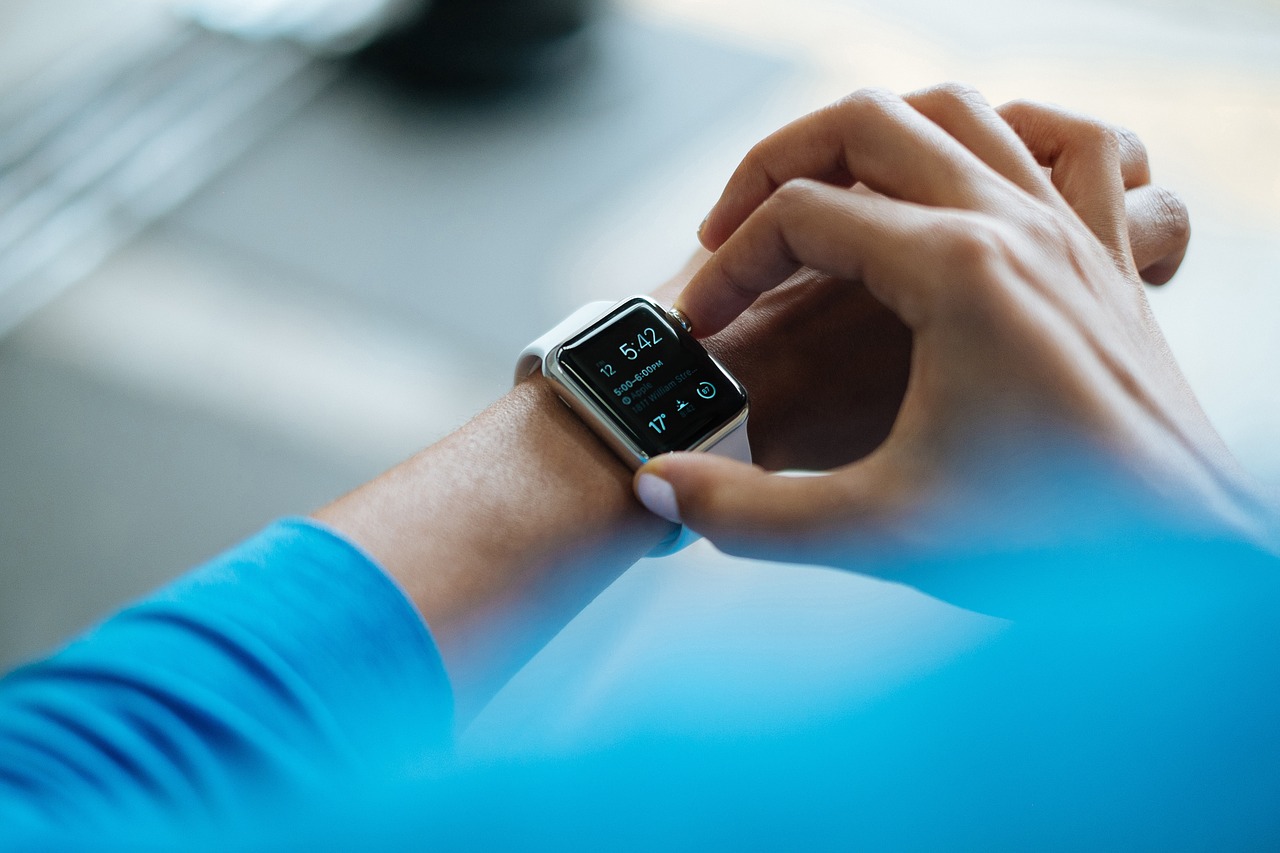
Otautahi – Wearable electronic devices and biosensors are great tools for health monitoring, but it has been difficult to find convenient power sources for them.
Now, a group of scientists has successfully developed and tested a wearable biofuel cell array that generates electric power from the lactate in the wearer’s sweat, opening doors to electronic health monitoring powered by nothing but bodily fluids.
The reduction in size of electronic devices has taken huge strides in recent years.
Today, after pocket-size smartphones that could put old desktop computers to shame, there is a particular type of device whose development has been steadily advancing: wearable biosensors.
These tiny devices are generally meant to be worn directly on the skin in order to measure specific bio signals and, by sending measurements wirelessly to smartphones or computers, keep track of the user’s health.
Although scientists have developed many types of flexible circuits and electrodes for wearable devices, it has been challenging to find an appropriate power source for wearable biosensors.
Traditional button batteries, like those used in wrist watches and pocket calculators, are too thick and bulky, whereas thinner batteries would pose capacity and even safety issues. But what if we were the power sources of wearable devices ourselves?
A team of scientists from Tokyo University of Science are exploring efficient ways of using sweat as the sole source of power for wearable electronics.
In their most recent study, published in the Journal of Power Sources, they present a novel design for a biofuel cell array that uses a chemical in sweat, lactate, to generate enough power to drive a biosensor and wireless communication devices for a short time.
Their new biofuel cell array looks like a paper bandage that can be worn, for example, on the arm or forearm.
This is not the first lactate-based biofuel cell, but some key differences make this novel design stand out from existing cells.
One is the fact that the entire device can be fabricated via screen printing, a technique generally suitable for cost-effective mass production.
These advantages make the biofuel cell arrays exhibit an unprecedented ability to deliver power to electronic circuits.
Lactate is an important biomarker that reflects the intensity of physical exercise in real time, which is relevant in the training of athletes and rehabilitation patients.
Hopefully, with further developments in wearable biofuel cells, powering portable electronics and biosensors will be no sweat!

